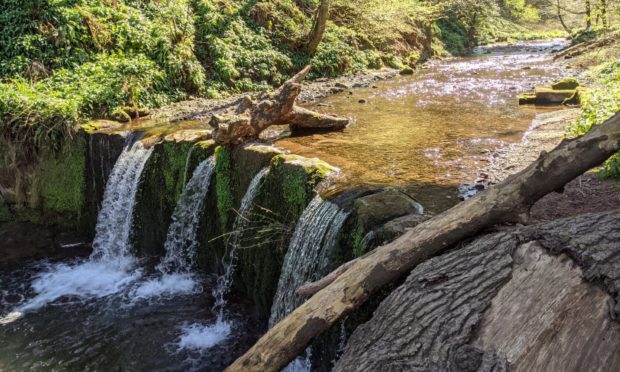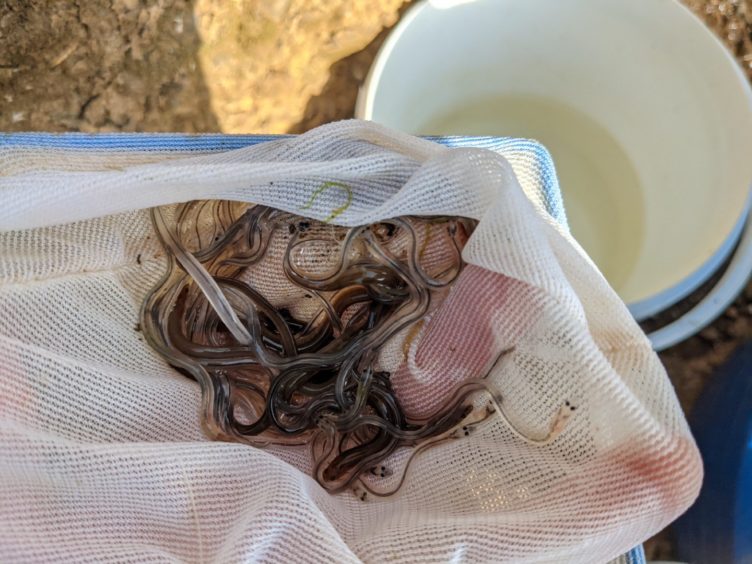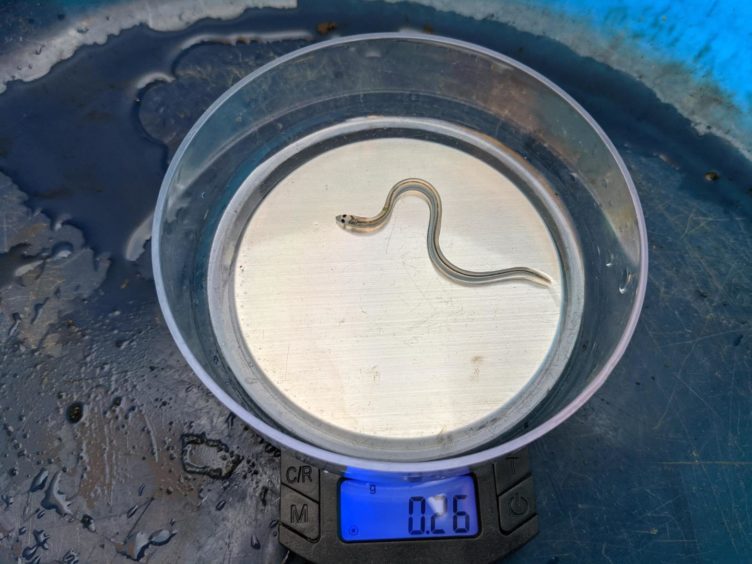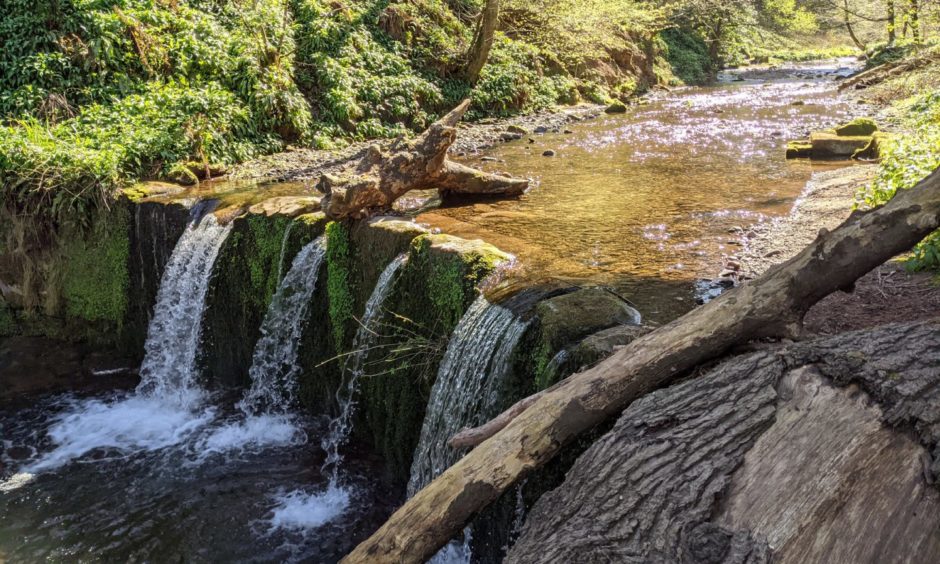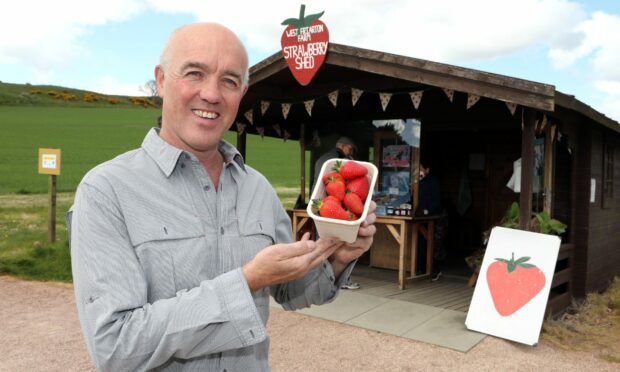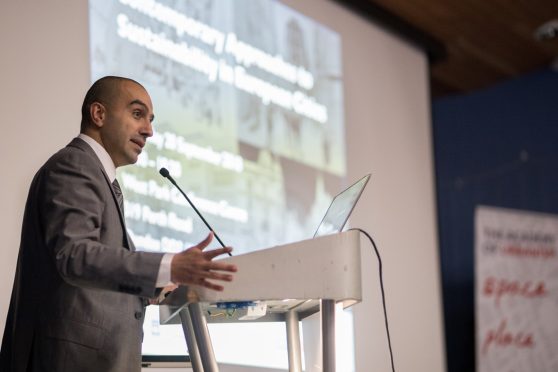It is 1am by a weir on the River Esk at Musselburgh, and for the past hour, Jack Wootton and Scot Muir of the Forth Rivers Trust (FRT) have been meticulously combing the churning water by torchlight in the hope of spotting little slivers of wriggling glass.
The tide was rising and would soon spill over the top of the weir, providing the perfect conditions for glass eels to negotiate the obstacle and make it into the lower river.
The torch beams flickered back and forth, but despite the persistence of the search, no glass eels materialised.
This wasn’t totally surprising – for glass eels are notoriously fickle, and the moon, tides, and temperature must be perfect for them before they will ascend a river en masse.
Marvels of mystery
Eels are marvels of mystery that spawn in the far away Sargasso Sea, north-east of the Greater Antilles.
The tiny glass-like larvae then gradually drift back 6,000km to Europe on the Gulf Stream before ascending our rivers as glass eels, where they turn into elvers and then over time grow into larger eels.
After many years in a river or estuary, they then make the return journey via the Azores to spawn.
Forgotten Fish Project
Jack and Scot are playing a key role in FRT’s ‘Forgotten Fish Project’.
The work includes assessing the status of the eels in the Forth catchment area and identifying and implementing measures that will improve their survival.
This is especially important, given that eel numbers have plummeted in recent decades for reasons that include climate change, pollution, overfishing and barriers such as weirs impeding access to rivers.
Fundamental role
Eels play a fundamental role in our freshwater ecosystems: a vital source of food for otters, herons and other fish-eating water creatures, and when eels become larger, they themselves become predators of fish and invertebrates.
“At one time, eels would form about half of the fish biomass of a typical river, but with numbers having fallen by over 90 per cent in recent times, this is a real source of concern because of the ecological turmoil this is causing,” says Jack.
Further down the coast, on the border between East Lothian and Berwickshire, lies the Dunglass Burn, which has been a focus of much of Jack and Scot’s recent work.
A weir on the lower part of the burn near the sea prohibits the movement of eels into the upper reaches of the water course.
In effect, the eels have only about 300 metres they can utilise between the sea and the weir.
To overcome this obstacle, the Forgotten Fish Project is in the process of installing a simple but robust fish pass that connects into a lade adjacent to the weir, enabling eels and trout to move freely up and down the water course, thus opening up crucial new areas of habitat.
By giving this helping hand, the eels of the Dunglass Burn now have a fighting chance for survival.
The Forth Rivers Trust are keen to hear from people who would like to get involved with the Forgotten Fish Project.
